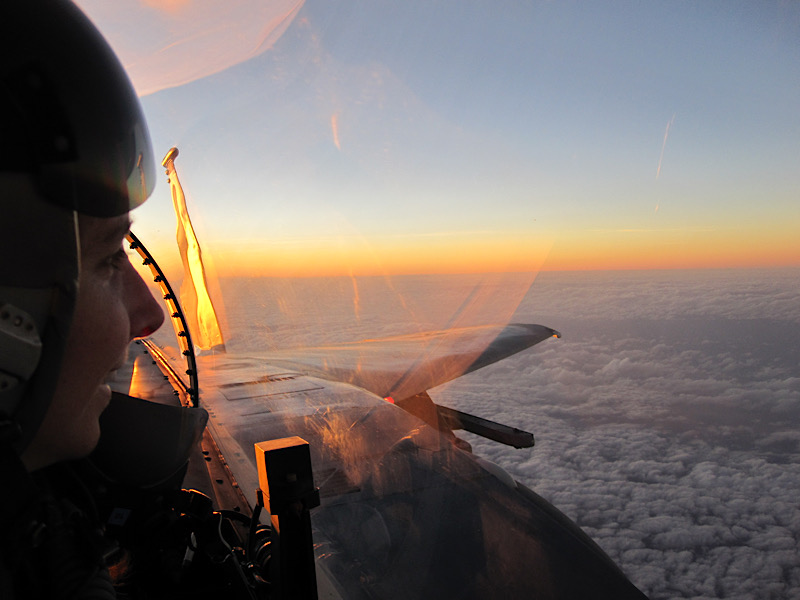Dec 2022

Zoom link: https://kaust.zoom.us/j/93470060850
ID: 93470060850
There is growing interest in commercial aircraft formation flight as a means of reducing both airspace congestion and the carbon footprint of air transportation. Wake vortex surfing has been researched extensively and proven to have significant fuel-saving benefits, however, commercial air transportation has yet to take advantage of these formation benefits due to understandable safety concerns. Formation contingency scenarios are much more complex than those of individual aircraft and have not yet been studied in depth. This work investigates the utility of mixed-integer linear programming and optimization in generating aircraft escape paths for formation contingency planning. Two high-altitude commercial aircraft formation scenarios are presented; formation join and formation escape. The model-generated paths are then compared with pilot-generated escape plans. The linear programming formulation results compare well with pilot intuition and confirm viability of pilot-generated plans from previous work. The model proves useful both in presenting solutions not previously considered and in evaluating separation requirements for improvement of escape path planning.
Safa served in the US Air Force as an F-15C pilot and an experimental fighter test pilot specializing in engine-out flight, departure from controlled flight, and high-risk flutter test. Afterwards, she flew the 737NG and 737MAX for American Airlines and then for Oman Air. She has master’s degrees in theoretical physics and flight test engineering and is currently a doctoral candidate in mechanical engineering at King Abdullah University of Science and Technology in Saudi Arabia.
Nature is a living notebook full of engineering solutions, ready to be implemented in the man made world. Such solutions are only encrypted in phenomena, geography, plants and animals. These all play an important part in the ecosystem of this planet and are very complex, due to millions of years of evolution. As humans, we intuitively understood the role of evolution even before Darwin wrote his theory. In his book, the origin of species, he explains how people already deliberately bred pigeons for specific physical characteristics before the theory of evolution. But nature has its own way to manipulate organisms over time to achieve multiple adaptations simultaneously and disguise their actual role. So why can’t we take advantage of the millions of years of innovation nature has manifested. The trick for us engineers is to take inspiration and decipher what adaptations are relevant and could help us accomplish our goals.
Diving birds are one of these beautifully adjusted animals that have an amazing capability to enter water at a mind-buckling speed of 100kph(60mph) and reach a depth of 10 meters without additional propulsion. The question I set out was to find out which adaptations of their complicated biology could reveal the mechanisms that explain their incredible abilities. This talk will dip a toe in the ecology of these birds that could explain their abilities. Additionally, we will plunge into the structure water interaction of deformable bodies.
Bart Boom is currently conducting his PhD research in Aerospace and Astronautics at University of Washington. There he is a member of The Illimited lab that focuses on nonlinear dynamics and bioinspiration. His research interests are focused on exploiting the nonlinear behavior of nature-inspired metamaterials and dynamic structures with biomimetic actuation for aerospace, and robotic applications. Bart earned a BSc in Mechanical Engineering from Inholland University of Applied sciences, Alkmaar, the Netherlands and a MSc in Mechanical Engineering from the University Twente, Enschede, the Netherlands. There his research efforts were focused on Origami structures and Control algorithms for lower body exoskeletons. In the last 3 months, he has done experimental research at KAUST, aimed at understanding structure water interaction of deformable structures to better comprehend the impact of shape and stiffness combination on water entry.